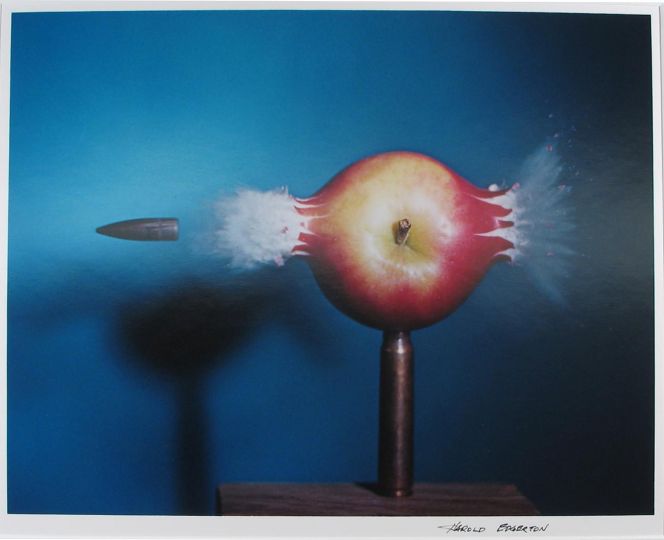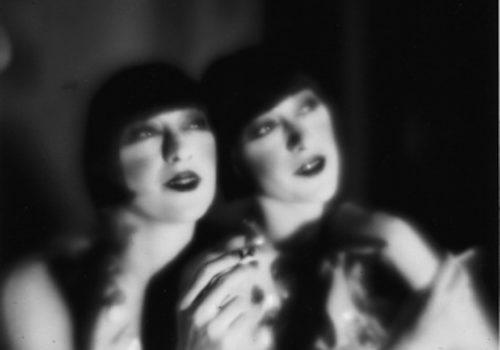Shadi Ghadirian catapulted quickly through the ranks of Iranian artists at home and abroad. Wry images addressing traditional social roles and paradoxes in her homeland, Ghadirian’s photographs feel instantly iconic. Drawing heavily from her life for themes, each new photo series is like a new chapter of a book as she grows and enters a new phase. Ghadirian’s newest ‘chapter’, is an exhibition titled Miss Butterfly, opening at Silk Road Gallery April 22.
Early in her photography career, as Ghadirian transitioned from art school to married life, she began creating series that communicated life from a female perspective living in the conservative religious and political environment of Iran. With deadpan humour, the photographer examined traditional roles and expectations of women.
The 1998 Qajar series took inspiration from portraits taken in the later part of the Qajar dynasty (1794-1925) and added modern elements. In Iranian Photography Now, Ghadirian says of the source Qajar images,
“I was intrigued by the women in these photographs; women holding bicycles – something we are forbidden to do – wearing strange make-up and costumes inspired by European dancers”
A pepsi can, ghetto blaster, and mountain bike were among the props inserted into Ghadirian’s sets for the Qajar series. The sets were created to recall the portrait studios of the latter part of the nineteenth century and the props provoked a clashing of time periods. Contemporary women living in Iran today are similarly at odds with their place. The subjects in the portraits appear confident and defiant, yet wear the hijab, as is required of any woman being photographed in Iran.
For Like Everyday (2000), our photographer has replaced the face area of chadors with kitchen items which so many women are defined by and bound to, not only in Iran, but in much of the world. By reducing and exaggerating women to these objects Ghadirian is able to poke fun at and challenge gender roles.
In Miss Butterfly, Ghadirian has matured for a decade and the work reflects that. Not complex, but losing some of the visual simplicity of earlier work, Miss Butterfly gives up none of the expected subtext we have come to expect from Ghadirian. Less literal than the earlier series’ mentioned, this exhibition embraces the symbolism of a spider web. In the childlike allegory which serves as exhibition statement, Miss Butterfly, the spider and the web obviously point to the the social structure of Iran.
“Miss Butterfly is going to meet the sun. Looking for a way out and reaching for the light, she becomes captive in a spider’s web”.
With the windows in her home sealed by the web, Miss Butterfly is cocooned safely inside. Of course, it is understood that this ‘protection’ can also harm. A chance at freedom is offered, but it means sacrificing the other insects living in darkness. In a scene that seems to point at the revolutions currently sweeping the region, and asks why Iran is not seeking freedom with such vigor;
“…the spider sets Miss Butterfly free and shows her the way out to meet the sun. Miss Butterfly calls to all the other insects in the cellar to share her freedom with them, but she gets no response. Frustrated by their reaction, she opens her weary wings and flies toward the sun.”
Clint Mclean
Miss Butterfly
Until May 22nd
Silk Road Photo Gallery
Sat. to Wed. 11AM to 7PM
Thur. 5 to 8 PM
Gallery Closed on Friday and Public holidays
103, Lavasani Ave. (Farmanieh)
Tehran 19368-39631,
Iran
















